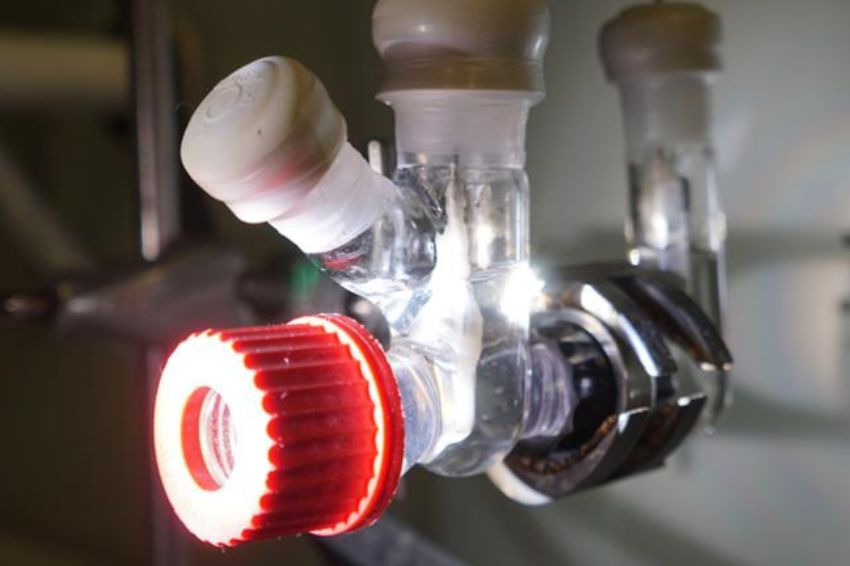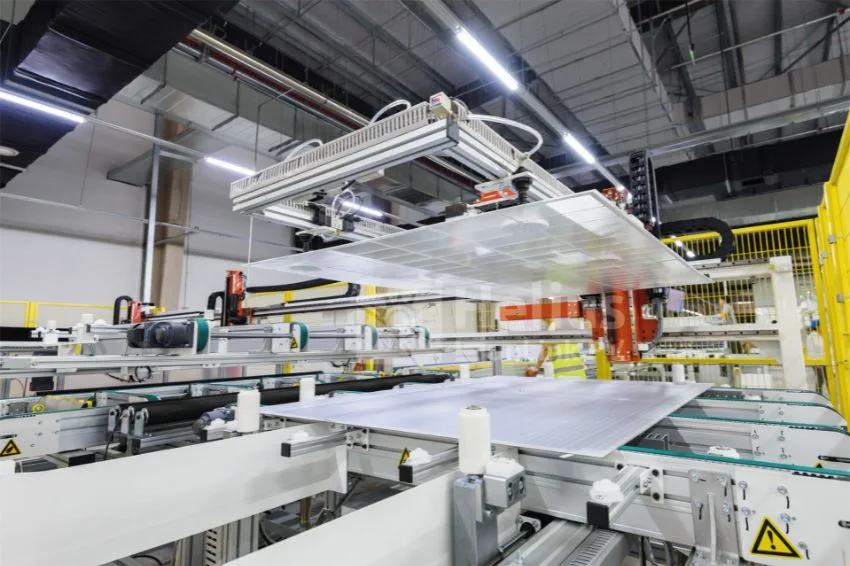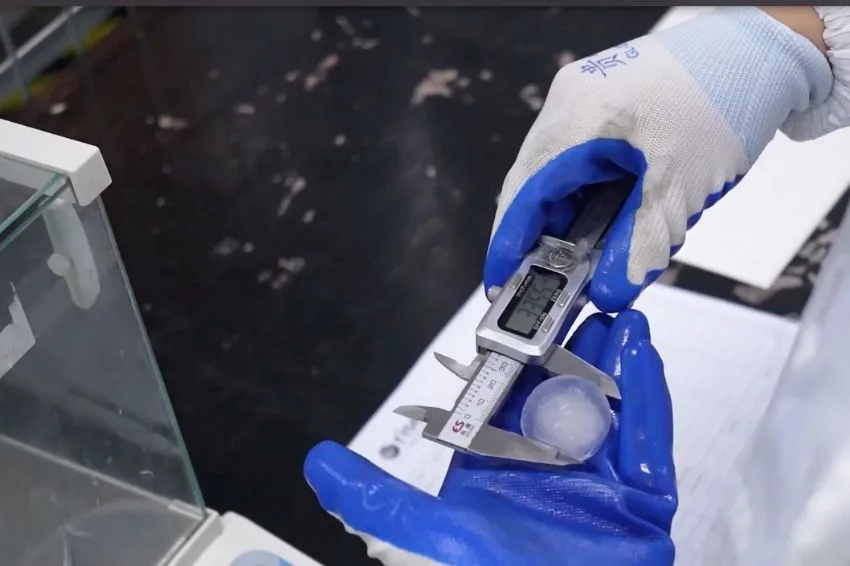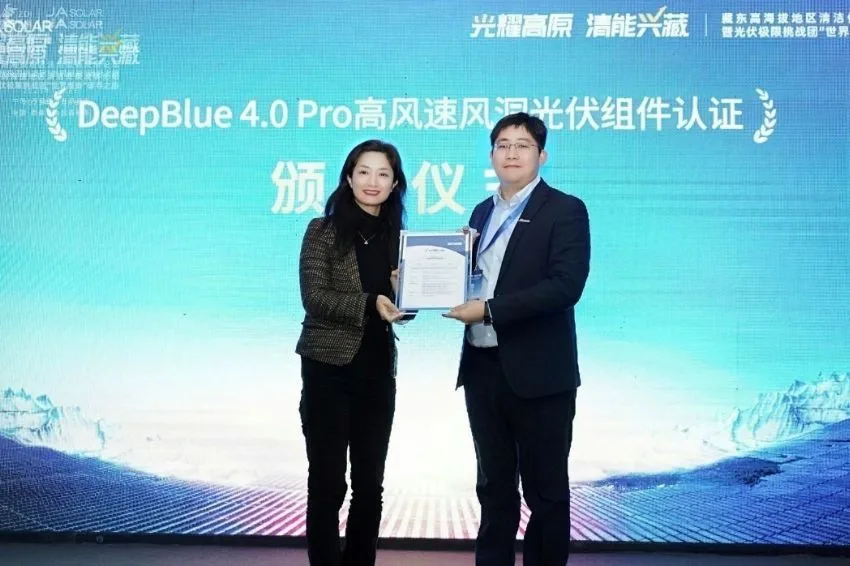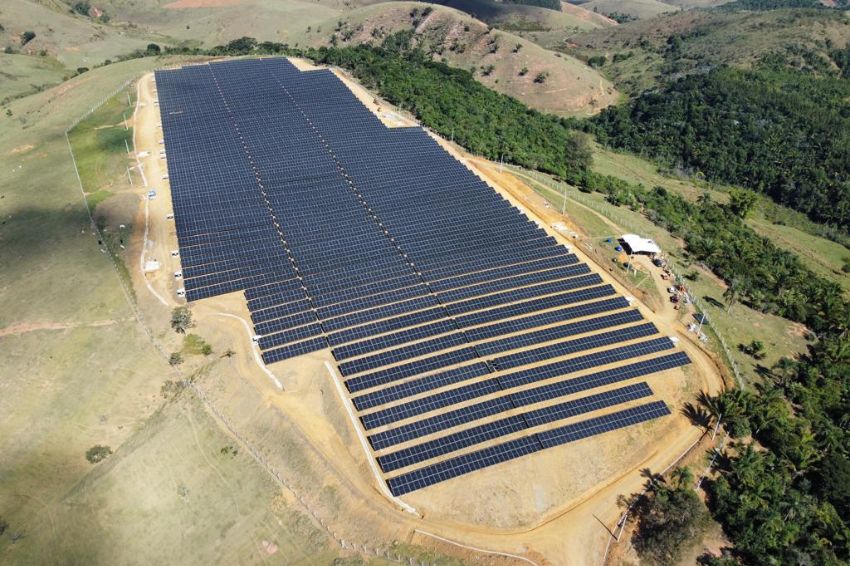The researchers at University of Cambridge, in the United States, developed a solar powered reactor which converts carbon dioxide (CO2) and plastic waste into renewable fuels.
In tests, CO2 was converted into synthesis gas, an essential building block for sustainable liquid fuels, and plastic bottles were converted into glycolic acid, widely used in the cosmetics industry.
According to scientists, the system can be easily adjusted to produce different products by changing the type of catalyst used in the reactor. The results were published in the journal Nature Synthesis.
“Converting waste into something useful using solar energy is one of the main goals of our research,” said professor and senior author of the paper Erwin Reisner from the Department of Chemistry Yusuf Hamied.
According to him, other photovoltaic-powered recycling technologies are promising for tackling plastic pollution and reducing the amount of greenhouse gases in the atmosphere, but to date, they have not been combined into a single process.
How does the reactor work?
The researchers developed an integrated reactor with two separate compartments: one for plastic and another for greenhouse gases. The system uses a perovskite-based light absorber – a promising alternative to silicon for next-generation solar cells.
The team designed different catalysts, which were integrated into the light absorber. By changing the catalyst, scientists could change the final product. Tests under normal temperature and pressure conditions showed that the reactor can efficiently convert PET and CO2 plastic bottles into different carbon-based fuels such as CO, syngas or formate, in addition to glycolic acid.
The equipment developed in Cambridge produced these products at a much higher rate than conventional photocatalytic CO2 reduction processes.
“Generally, CO2 conversion requires a lot of energy, but with our system, you basically just turn on a light and start converting harmful products into something useful and sustainable,” said Motiar Rahaman, co-first author.
“What’s so special about this system is its versatility and adjustability – we’re making fairly simple carbon-based molecules at the moment, but in the future we’ll be able to tune the system to make much more complex products, just by changing the catalyst. ,” added Subhajit Bhattacharjee, co-author of the paper.
Circular economy
Reisner recently received new funding from the European Research Council to help develop his solar-powered reactor. Over the next five years, they hope to further develop the reactor to produce more complex molecules.
The researchers even say that similar techniques could one day be used to develop a recycling plant entirely powered by solar energy.
“Developing a circular economy, where we make useful things from waste instead of throwing it in landfill, is vital if we are to meaningfully address the climate crisis and protect the natural world,” said Reisner. “And powering these solutions using the Sun means we are doing it cleanly.”


